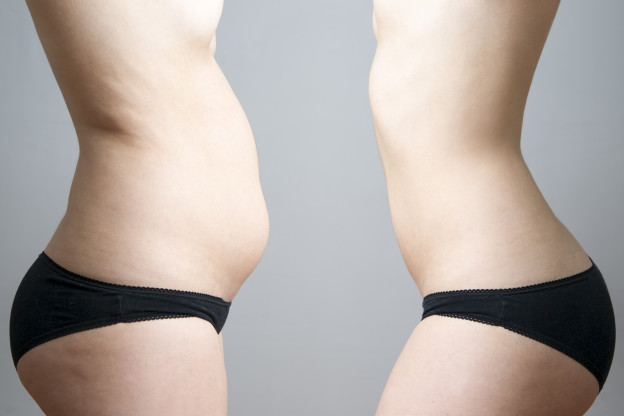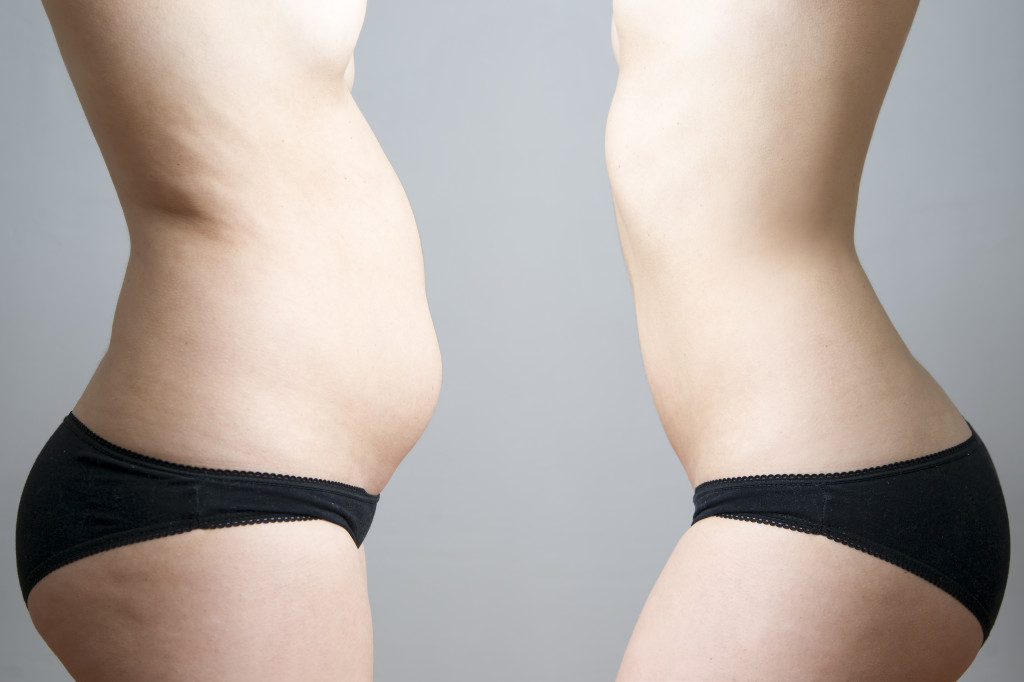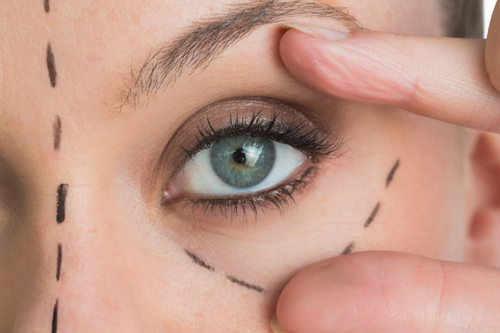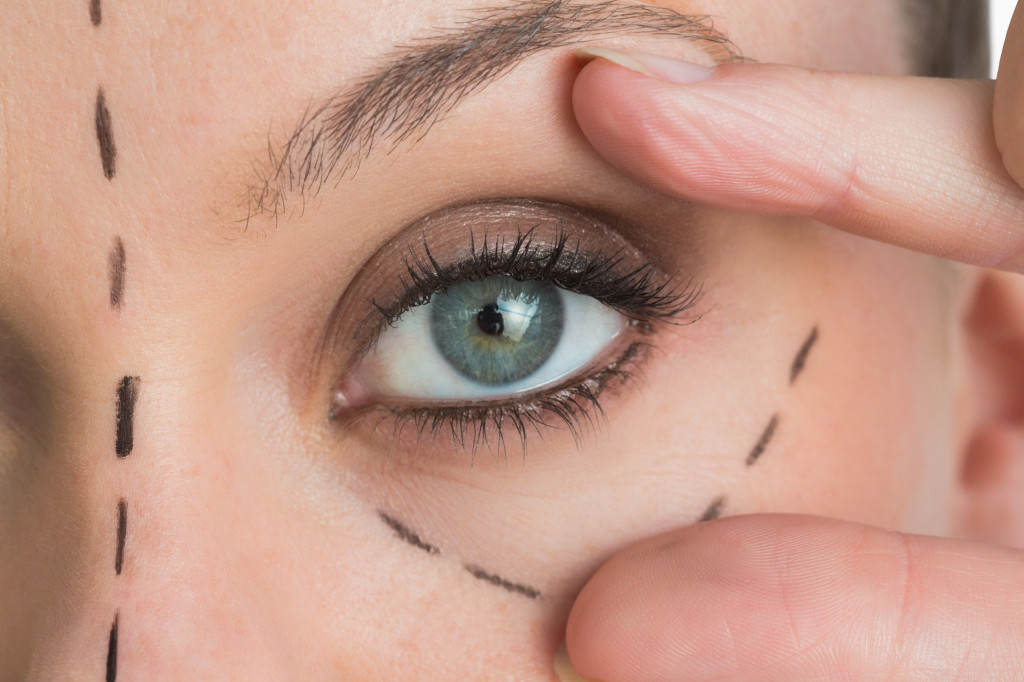Do you exercise regularly, eat responsibly, and still have flabby upper arms? Have you lost weight recently to find that you love your slender new figure but dislike your sagging, droopy upper arms? If you answered yes to these questions, then arm lift surgery (or brachioplasty) might be right for you!
Arm lift is a common plastic surgery procedure to effectively eliminate unsightly bat wings and restore a youthful, beautiful, sculpted appearance to your upper arms.
In addition to gaining and losing weight, aging, and sun damage, genetics also can have a role in making your upper arms appear older than you’d like. Whatever the cause, arm lift can take years off your appearance. It can help you look better when you wear short sleeves, sleeveless tops and dresses, and your bathing suit. Arm lift also can help your clothes fit better because it eliminates excess fat that can cause your upper arms to be disproportionately large for your frame.

What is arm lift surgery?
Arm lift surgery involves the removal of excess tissue, fat, and skin of the upper arms. Depending on your needs and goals, your plastic surgeon will combine arm lift with liposuction to remove excessive fat in and sculpt the upper arms. Then she or he will make an incision on the inside or back of the arm to remove excess skin and tighten it for a beautiful result.
Arm lift usually takes 1 to 3 hours depending on the extent of the procedure. It is performed under general anesthesia. In most cases, arm lift is an outpatient procedure.
Who is a good candidate for arm lift?
The best candidates for arm lift surgery are women and men who are at a healthy weight, have no serious medical conditions that delay healing, are in overall good health, and who have realistic expectations about their appearance.
People with excessively droopy and heavily wrinkled skin from sun damage sometimes need more than one arm lift procedure to achieve their goals. Your plastic surgeon can examine you and tell you what you can expect from 1 arm lift procedure or whether you need 2 arm lift procedures to achieve your goals.
Having toned, tight-looking upper arms can help make you look fit and healthy as well as make you feel better about yourself.
After Arm Lift
You can expect to have bruising and swelling after your arm lift procedure. Your plastic surgeon will recommend prescription or over-the-counter medications to ensure that you are as comfortable as possible in the first few days after your surgery.
Most arm lift patients wear an elastic sleeve for several weeks to help reduce swelling. Keeping your arms elevated also can help minimize swelling as you heal. After 7 to 10 days, your plastic surgeon will remove your sutures.











